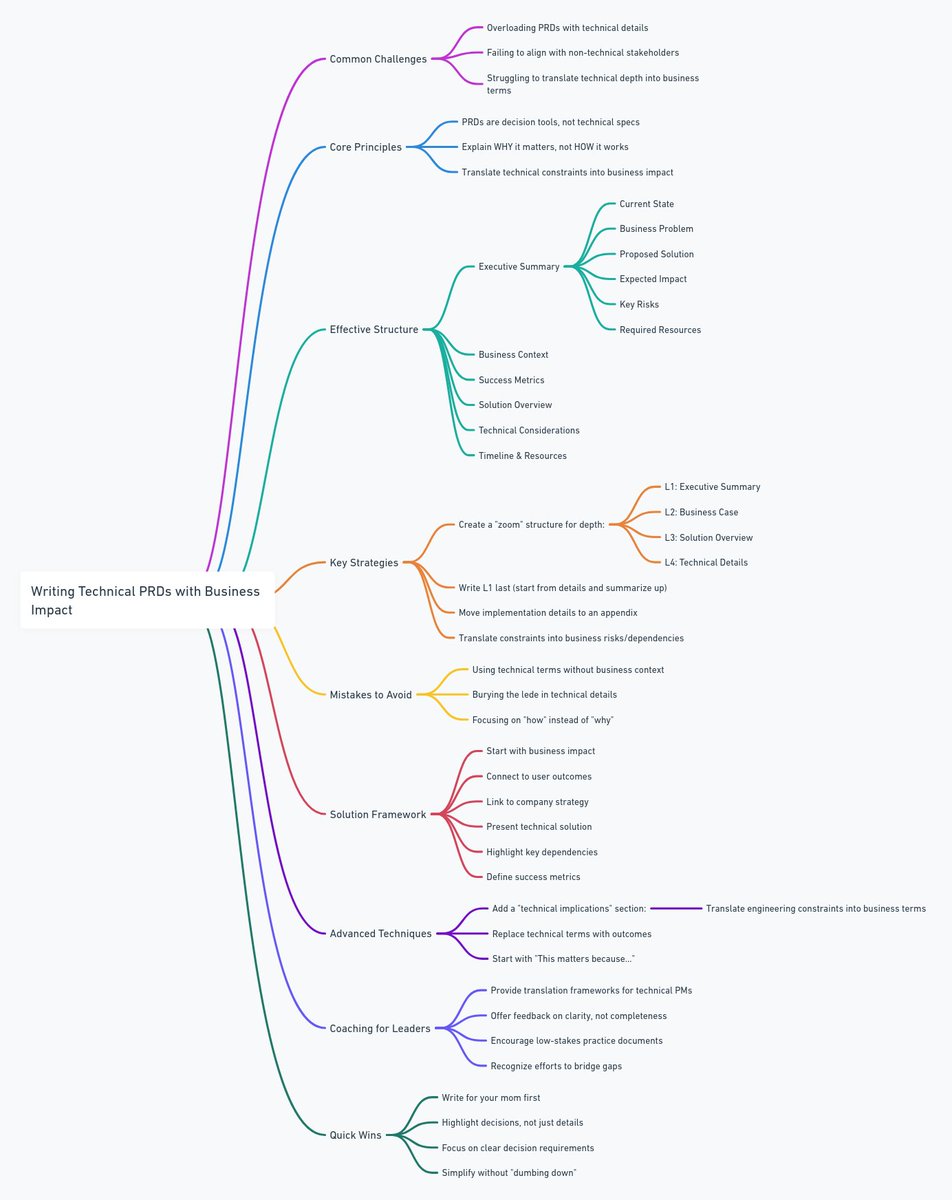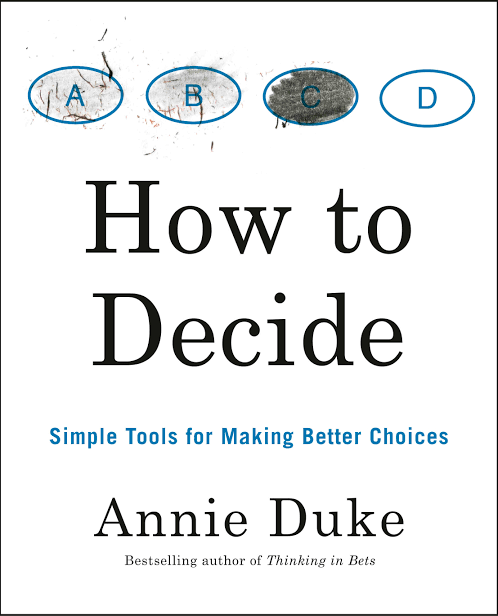You've got this brilliant feature idea.
You've done the research, talked to users, even built a prototype.
But when you pitch it to the team, you get:
- "We don't have time"
- "What about technical debt?"
- "How does this fit our roadmap?"
Here's what I learned after 50+ feature pitches that failed:
You've done the research, talked to users, even built a prototype.
But when you pitch it to the team, you get:
- "We don't have time"
- "What about technical debt?"
- "How does this fit our roadmap?"
Here's what I learned after 50+ feature pitches that failed:
The biggest mistake I see PMs make:
They think "buy-in" means convincing people their idea is good.
Wrong.
You're not selling a feature. You're selling a story.
And the story isn't about your solution, it's about a problem everyone already agrees exists.
They think "buy-in" means convincing people their idea is good.
Wrong.
You're not selling a feature. You're selling a story.
And the story isn't about your solution, it's about a problem everyone already agrees exists.
Think of it like chess.
You can't just move your queen and expect to win.
Every move affects the entire board. Every stakeholder has their own pieces to protect.
Engineering wants to maintain code quality.
Design wants UX consistency.
Business wants predictable delivery.
Your job: Show how your move helps everyone win.
You can't just move your queen and expect to win.
Every move affects the entire board. Every stakeholder has their own pieces to protect.
Engineering wants to maintain code quality.
Design wants UX consistency.
Business wants predictable delivery.
Your job: Show how your move helps everyone win.
Here's the thing that changed everything for me:
You're not asking for permission. You're asking for partnership.
When you frame it as "I need your help to solve this problem," instead of "I want to build this feature," everything changes.
Suddenly you're not the person with the answer, you're the person who needs their expertise.
You're not asking for permission. You're asking for partnership.
When you frame it as "I need your help to solve this problem," instead of "I want to build this feature," everything changes.
Suddenly you're not the person with the answer, you're the person who needs their expertise.
The pattern I see in successful buy-in:
1. Start with a problem everyone feels
2. Show you understand their constraints
3. Present your idea as a hypothesis, not a solution
4. Ask for their input on how to make it better
5. Build the roadmap together
Notice what's missing: The hard sell.
1. Start with a problem everyone feels
2. Show you understand their constraints
3. Present your idea as a hypothesis, not a solution
4. Ask for their input on how to make it better
5. Build the roadmap together
Notice what's missing: The hard sell.
But here's the brutal truth about roadmaps:
You can't just pitch random ideas and expect them to happen.
Your brilliant feature idea has to fit into an existing roadmap that people have already committed to.
Even if your idea is amazing, stakeholders have agreed to delivery dates and can't just change everything because you had a great thought.
You can't just pitch random ideas and expect them to happen.
Your brilliant feature idea has to fit into an existing roadmap that people have already committed to.
Even if your idea is amazing, stakeholders have agreed to delivery dates and can't just change everything because you had a great thought.
The trickiest part: Starting with "a problem everyone feels."
Reality check: Not everyone feels the same problems equally.
You might say "This is a problem," and people nod... but then comes the objection:
"Is this the main problem to solve, or are there bigger problems we already have a roadmap for?"
This is where most PMs get stuck.
Reality check: Not everyone feels the same problems equally.
You might say "This is a problem," and people nod... but then comes the objection:
"Is this the main problem to solve, or are there bigger problems we already have a roadmap for?"
This is where most PMs get stuck.
Here's how to handle the roadmap objection:
Don't fight the roadmap. Work with it.
Show how your idea:
- Accelerates existing roadmap items
- Reduces risk for planned features
- Creates optionality for future decisions
- Solves a dependency that's blocking other work
Frame it as roadmap optimization, not roadmap disruption.
Don't fight the roadmap. Work with it.
Show how your idea:
- Accelerates existing roadmap items
- Reduces risk for planned features
- Creates optionality for future decisions
- Solves a dependency that's blocking other work
Frame it as roadmap optimization, not roadmap disruption.
Here's my framework for each stakeholder:
Engineering: "Here's what I'm thinking technically. What am I missing?"
Design: "I sketched this user flow. How can we make it more intuitive?"
Business: "Here's the market opportunity. What risks should we consider?"
Users: "I heard this pain point. Does this solution address it?"
Engineering: "Here's what I'm thinking technically. What am I missing?"
Design: "I sketched this user flow. How can we make it more intuitive?"
Business: "Here's the market opportunity. What risks should we consider?"
Users: "I heard this pain point. Does this solution address it?"
Here's how you know you've actually achieved buy-in:
- People start asking "when" not "if"
- They volunteer resources or time
- They bring up your idea in other meetings
- They start thinking about implementation details
If you're still defending your idea, you haven't achieved buy-in yet.
- People start asking "when" not "if"
- They volunteer resources or time
- They bring up your idea in other meetings
- They start thinking about implementation details
If you're still defending your idea, you haven't achieved buy-in yet.
I've been experimenting with my AI prompts for product work to help with this process:
Anyone else using AI to prepare for feature pitches? What prompts have worked for you? prodmgmt.world/products/ai-pr…
Anyone else using AI to prepare for feature pitches? What prompts have worked for you? prodmgmt.world/products/ai-pr…

The next time you have a feature idea:
1. Map out who needs to say yes
2. Understand what they're protecting
3. Frame your idea as solving their problem
4. Ask for their expertise, not their approval
Your idea is probably good. Your pitch just needs to be about them, not you.
1. Map out who needs to say yes
2. Understand what they're protecting
3. Frame your idea as solving their problem
4. Ask for their expertise, not their approval
Your idea is probably good. Your pitch just needs to be about them, not you.
If this was helpful, follow @nurijanian for more product management insights.
What's the biggest buy-in challenge you're facing right now? Drop it in the replies 👇
What's the biggest buy-in challenge you're facing right now? Drop it in the replies 👇
• • •
Missing some Tweet in this thread? You can try to
force a refresh






